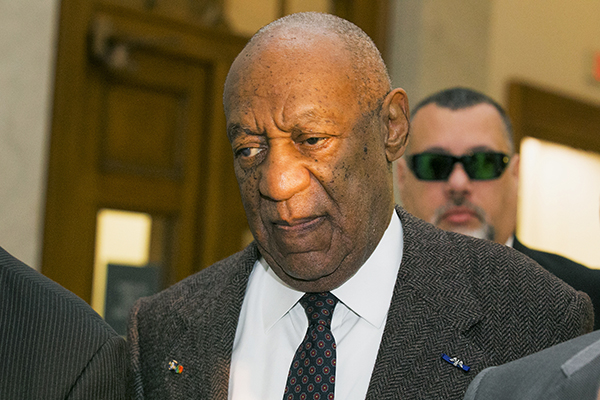
Photo: Ed Hille-Pool/Getty Images.
As the Smithsonian’s National Museum of African American History and Culture, founded in 2003, prepares for its long-awaited opening, slated for this fall, the new institution is already attracting controversy for its plans to feature disgraced comedian Bill Cosby without including any mention of the scores of women who have accused him of sexual assault.
“If they just speak about the contributions, there will be this enormous presence that is not talked about,” alleged Cosby victim Patricia Leary Steuer told the New York Times.
Currently, the museum plans to include Cosby’s 1964 record I Started Out as a Child; video clips from television shows “I Spy” and “The Cosby Show,” with accompanying wall text describing it as “one of the best-loved American TV shows;” and an “I Spy” comic book.
Given Cosby’s pioneering work in television, the curators felt his inclusion in the museum was a necessity. “It is hard to identify anyone who had a stronger impact on the representation of African-Americans on television in the 20th century,” Kathleen M. Kendrick told the Times. Kendrick curated the museum’s “Taking the Stage” exhibition.
The National Museum of African American History and Culture in Washington, DC.
Photo: Michael R. Barnes, courtesy the Smithsonian Institution.
The museum’s Cosby conundrum is just one of the difficult decisions involved in presenting African American history. How do you tackle the issue of slavery, with all of its inherent violence? How much emphasis do you place on the election of Barack Obama, versus, say, the Black Lives Matter movement?
It’s a delicate balancing act that Kellie Carter Jackson, a professor of 19th-century African American history at New York’s Hunter College, told the Times is “probably one of the most difficult tasks in curatorial history.”
Ultimately, director Lonnie G. Bunch III decided to largely leave the task of telling the story of the country’s first African American president to Obama’s forthcoming presidential library. There will be just one full display case dedicated to his presidency, and a visit to the museum will end instead with video interviews with Black Lives Matter activists, exploring issues of race, activism, and identity in 21st-century America.
The museum is funded by a combination of government funding and private donations; Microsoft pledged $1 million to the institution last week. President Obama is expected to mark the opening of the museum with a ribbon-cutting ceremony on September 24.